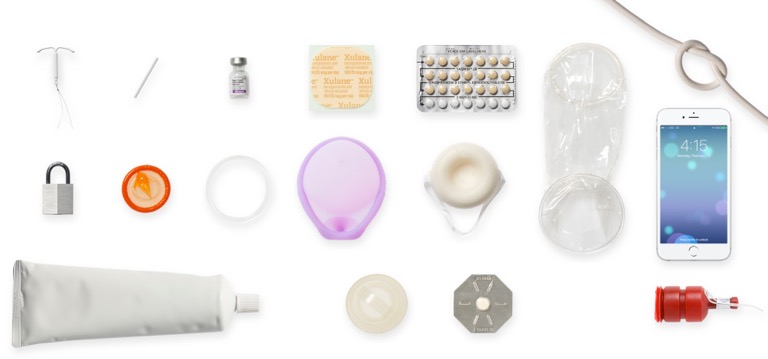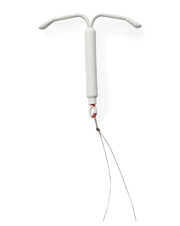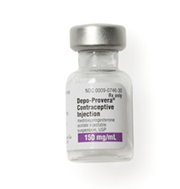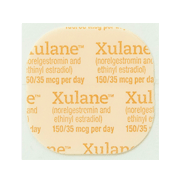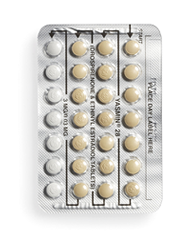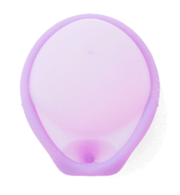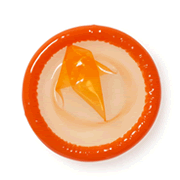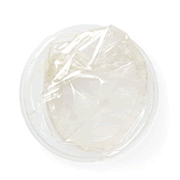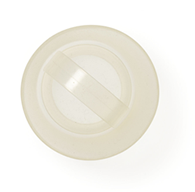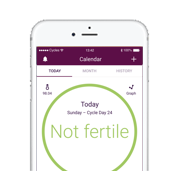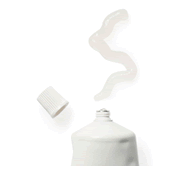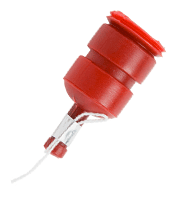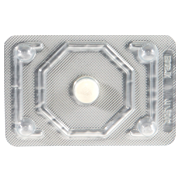The 3-Month Itch: My Battle with a Recurring Yeast Infection

Yeast infections are super common. Here’s what you should know about preventing and treating one.
I sat on the toilet, ready to insert a clove of garlic into my vagina.
A month earlier, the symptoms of a yeast infection had seemingly gone away after a 1-day suppository treatment. When I felt the symptoms coming on again, I texted a friend who has a degree in public health.
“Do I need to see a doctor since I just had a yeast infection?”
My friend said I should try treating it with over-the-counter meds first. Or, I could try a less traditional approach, more associated with anti-vampires than anti-fungus: Inserting a clove of garlic into the vagina to cure a yeast infection. If it worked, I would save about $17 by not needing the meds.
I had some garlic in my kitchen, so I decided to give it a go. An article said to insert the clove at night and to anchor it to the outer world with a piece of floss. That night, my dutiful boyfriend Nick used a dentist’s pick to puncture the clove and secure the floss. In it went, and off we dozed.
I woke excitedly, walked to the bathroom and yanked the floss. The floss came out; the clove didn’t. Luckily, I was skilled at retrieving objects from my vagina because of my recent adoption of a menstrual cup. The clove came out, and I thought to myself, “Do I feel better?”
“I think it worked!” I texted my friend, foolishly.
A few hours later, the fire down under raged.
And so began a series of appointments, prescriptions, and Google searches that would persist November through January.
If you think you have a yeast infection…
Yeast infections are common: According to the CDC, nearly 75% of adult women will have at least one in their lifetime. Dr. Anne Burke, Associate Professor of Gynecology and Obstetrics at the Johns Hopkins University, has this advice for what to do if you think you have one:
If it’s your first time, visit a health care provider at a The Right Time health center to be evaluated and make sure it’s yeast.
If you’re a yeast veteran, get in touch with your provider and find out if you can just get over-the-counter medication or if your provider thinks you need an exam. BTW, if you’re having frequent infections (3 times a year or more), you should definitely go see your provider and find out what’s up.
Note: It’s your choice which suppository length you prefer, from 1-day to 7-day treatment. The shorter courses have a higher concentration of the medication in them. (The longer treatment may work better for more severe infections—but it’s important to do the full course of treatment, even after you start to feel better.)
If you’re not feeling better in a few days, see your provider.
After the garlic treatment didn’t work, I began my treatment process:
My primary care doc said it was likely a yeast infection, but she couldn’t do any tests to verify since I was menstruating. She gave me two doses of oral fluconazole. I took one right away, then the other 3 days later. I felt better while the medicine was in my system, but back to discomfort on day 7.
I went to Planned Parenthood when I realized I wasn’t getting better and New Year’s holidays were coming up. (They were the only ones who could see me on a day’s notice—bless their hearts.) The nurse practitioner (NP) tested my discharge, found it was indeed a yeast infection, and prescribed me a 3-day suppository. Again, it felt better during treatment, but full-force pain returned on day 4.
The NP then prescribed me double-duty: two doses of oral fluconazole + 6-day suppository. I felt better during treatment, and more relieved afterward than ever before.
Along with these treatments, I also tried the following (based on advice from friends, family, and acquaintances—not health care professionals):
a. Daily women’s probiotic
b. Daily water with grapefruit seed extract (Makes water taste very peculiar)
c. Wearing loose clothing (Not easy in the dead of Ohio winter)
d. Wearing only cotton underwear (Breathable, not beautiful)
e. Garlic (as described above)
What you should know about treatment and prevention
So what works best? Dr. Burke says that generally, women prefer oral fluconazole treatment (less mess), but if you look at the numbers, stronger creams or suppositories work better for some yeast species. Her main advice for preventing yeast infections is to avoid douching or any other activity that affects your vagina’s pH balance.
According to Dr. Burke’s sources, no evidence points to the garlic treatment being effective. Putting yogurt in the vagina is another common home remedy about which there’s some limited, inconclusive evidence. In general, unscented products and non-soap cleansers are healthiest for your vulva, but they don’t specifically affect yeast.
Why might a yeast infection last longer than usual?
When I look back and try to figure out what happened in my situation, I can think of a few factors that may have contributed: It was the beginning of winter in Ohio, and I had a habit of wearing tights + leggings every day. My house is nearly 100 years old and not great at preserving heat, so sometimes, admittedly, I would go a few days without showering.
I realize I may not have gotten rid of the infection completely after the first occurrence in November—looking back I still had a little discomfort during sex, but it wasn’t bad enough to worry me. The infection may have lingered and flared up when trapped in my tights.
Eventually, sitting at a desk for an 8-hour workday was excruciating—the hot pain made me flinch and re-position every five minutes. When I went out with friends, I had to leave early so I could get home and go to sleep—the only time I wasn’t in pain.
It seemed the pain increased with stress, and I was constantly stressed because of the pain. The cycle continued.
If your infection lasts longer than usual, Dr. Burke suggests several potential reasons:
The infection may be incompletely treated, or not treated long enough.
If you don’t feel better after your first treatment, you may need a longer course or you may have a less common species of yeast that doesn’t respond to standard medication.
Or, you may not have a yeast infection—it could be bacterial vaginosis (BV) or a sexually transmitted infection (STI).
Finally, relief
After those three months, I woke up one day and realized I hadn’t been in pain in a few days. As painfully as it came in, the infection silently crept out. Now, as with any other time I’ve been sick, I really appreciate having a healthy vagina and follow the suggestions that my fantastic providers gave me.
My advice to anyone experiencing a long-term yeast infection is to relax and find your personal care plan. Work with providers (click here to find the ones nearest you) to come up with the combination of medicine, nutrition, supplements, and stress relief that’s right for you.
Updated June 2019
Related Content

Article
Birth Control & Your Period: What to ExpectBirth control often changes your period, and that’s normal and safe.

Article
Handling the “When Are You Having Kids?” Question Around the HolidaysRemember: your timeline is yours.

Article
What Should I Do After I Get Diagnosed with an STI?Getting an STI doesn’t change who you are.

Article
How Can I Take Care of My Breast Health?Keeping up with routine preventative health visits can help catch any changes early.


